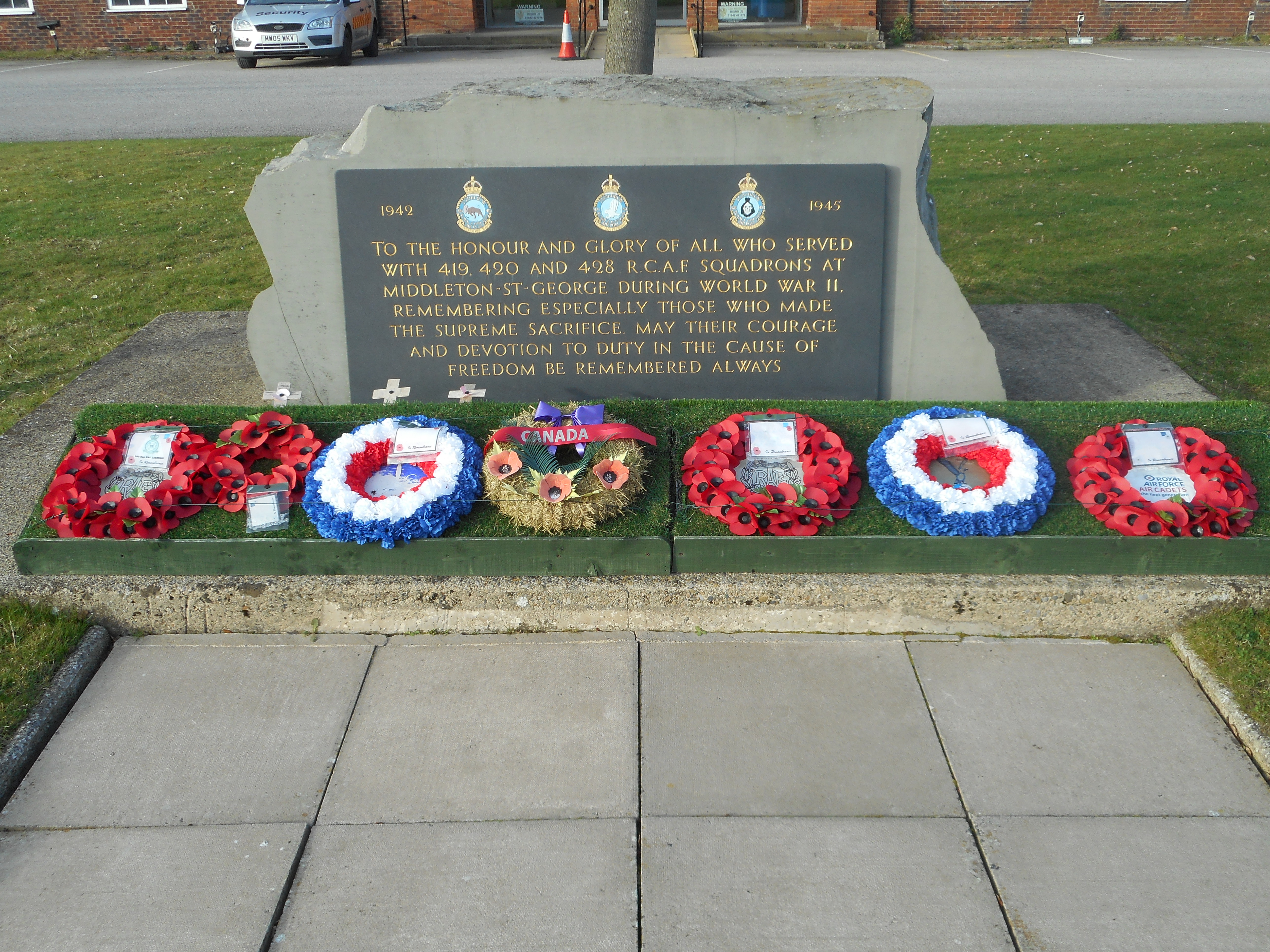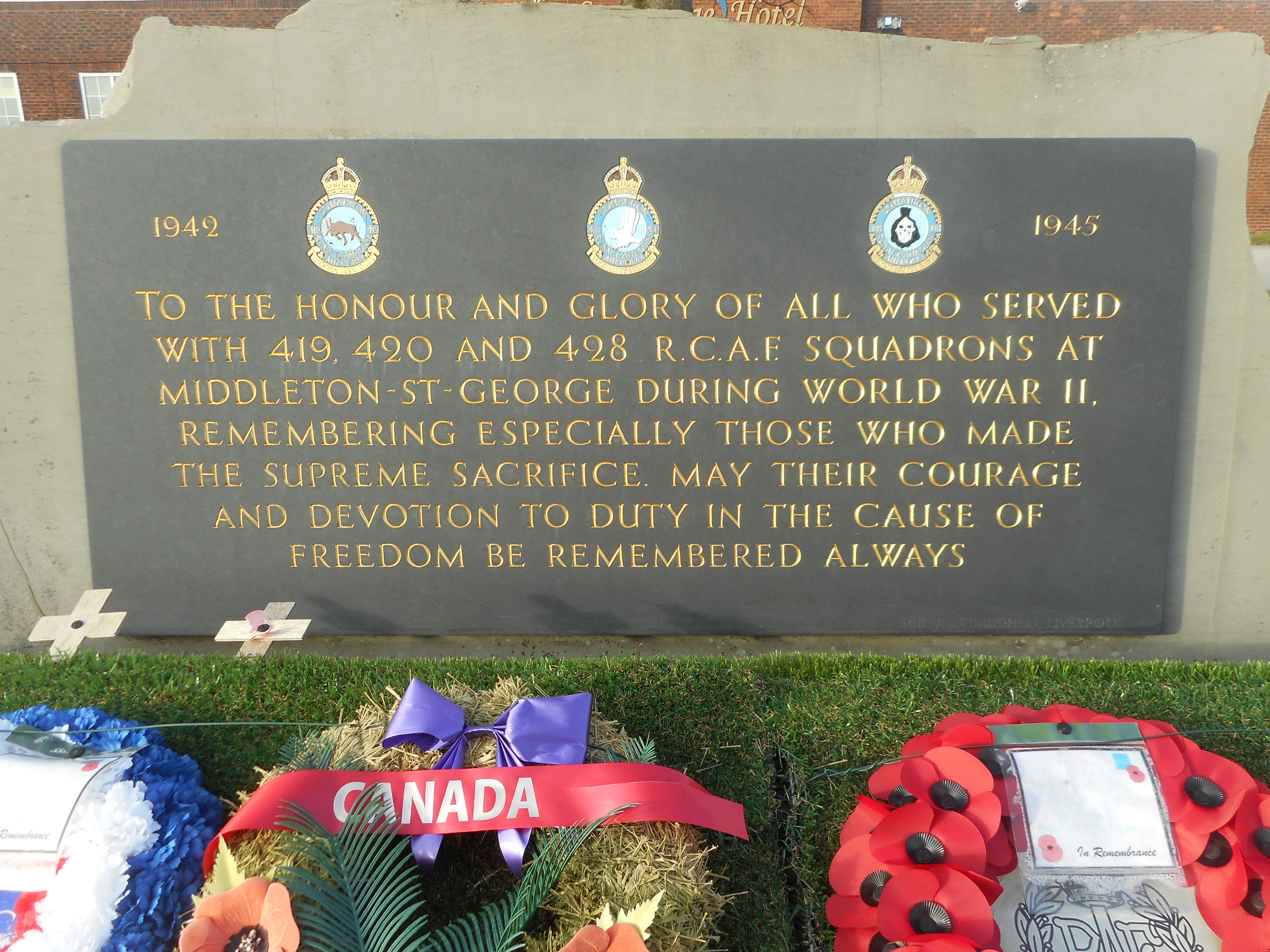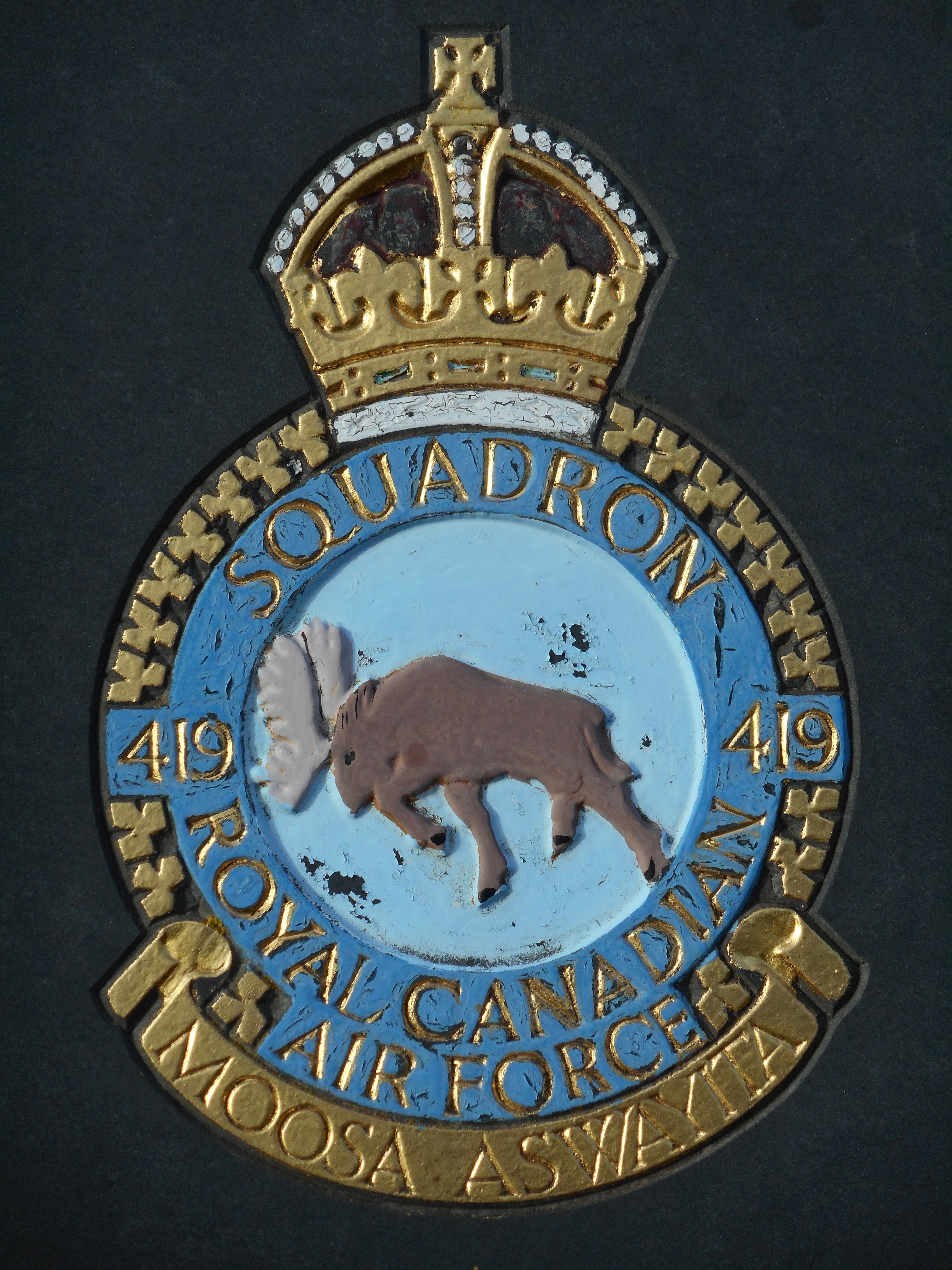Milner, Evan Patrick
Personal Information
| Rank | P/O |
| Forename(s) | Evan Patrick |
| Surname | Milner |
| Gender | M |
| Age | 23 |
| Date of Death | 29-01-1944 |
| Next of Kin | Son of Thomas Henry Milner and Marguerite Milner (née MacDonald), of Vankleek Hill, Ontario. |
Aircraft Information
| Aircraft | Handley Page Halifax II |
| Serial Number | JP119 |
| Markings | VR-O |
Memorial Information
| Burial/Memorial Country | United Kingdom |
| Burial/Memorial Place | Runnymede Memorial |
| Grave Reference | Panel 252. |
| Epitaph |
IBCC Memorial Information
| Phase | 2 |
| Panel Number | 213 |
Enlistment Information
| Service Number | C/88331 |
| Service | Royal Canadian Air Force |
| Group | 6 |
| Squadron | 419 (Moose) |
| Squadron Motto | Moosa aswayita |
| Trade | Air Gunner |
| Country of Origin | Canada |
Other Memorials
| Location | Outside Former St. Georges Hotel, Teesside Airport, County Durham |
| Country | United Kingdom |
| Memorial Type | Inscribed Slate Memorial Tablet on Stone Memorial |
| Memorial Text | A memorial to Nos 419, 420 and 428 Sqns RCAF who flew from RAF Middleton St George during WW2 |
Miscellaneous Information
| Evan was born on 11 March 1920 in Stardale. They lived at Vankleek Hill, Ontario and his father was a well respected local farmer. He had a sister Joan and brothers Guy Benedict, Emmett Joseph, Ray, Colin and Thomas. His brothers Guy Benedict and Emmett Joseph were both in the RCAF as was brother Colin. Evan attended the public School at Vankleek Hill between 1926-1933 and the Collegiate Institute 1933-1935 (High School Entrance). Evan spent many years in farming with his father and also worked in the assay office at Siscoe Gold Mines on Siscoe Island from the summer of 1940 until he enlisted. He enjoyed playing hockey and ball games. |
| He enlisted on 19 May 1941 and after training he embarked from Canada on 19 July 1942. He was at 3 PRC on 30 July, 423 Sqn 28 September 1942, 22 OTU on 8 June 1943 and 419 Squadron 10 September 1943. Evan’s brothers, Guy Benedict and Joseph Emmett were also very sadly killed whilst serving in the RCAF, leaving this family grieving for three lost sons. A fourth son, Colin, who was also serving overseas, was remobilised and send home to be with his family. |
| He was originally buried at Zühlen along with the others so the fact that he is commemorated on the Runnymede Memorial is an indication that his remains could not be identified when the others were subsequently exhumed. |
Commonwealth War Graves Commission
The National Archives
| Record of Events (Operational Record Book) AIR 27/1823/2 |
| Summary of Events (Operational Record Book) AIR 27/1823/1 |
Fellow Servicemen
Please note that this list gives all the losses aboard the quoted aircraft and occasionally these may have occurred on an earlier date when the aircraft was not itself lost. Please check the dates of death carefully.
Last Operation Information
| Start Date | 28-01-1944 |
| End Date | 29-01-1944 |
| Takeoff Station | Middleton St. George |
| Day/Night Raid | Night (16% moon) |
| Operation | Berlin. 677 aircraft, 46 losses (6.8%). The diversionary raids drew off a significant number of fighters but the German controller was able to re-group the over the target and many aircraft were Lost as a result. The cloud was broken and some ground marking was possible and despite claims by Bomber Command that the bombing was concentrated, the local report says otherwise. Nevertheless, around 180000 people were bombed out and an unusually high proportion of public and administrative buildings were hit, including the Chancellery. |
| Reason for Loss | Crashed at Zühlen, Germany |



